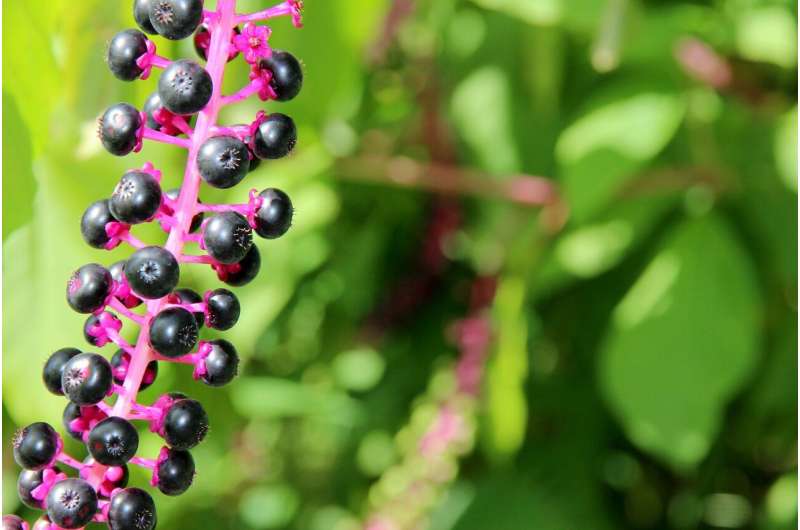Why confronting invasive species is one of the best ways to prepare for climate change

New research, recently published in the Proceedings of the National Academy of Sciences and led by the University of Massachusetts Amherst, finds that the ecological effect of invasive species alone is comparable to the combined effects of invasives plus warming temperatures, drought or nitrogen deposition. This suggests that a critical preparation for climate change is to manage invasive species at the local level.
It is no secret that the ecological health of the planet is under serious threat. Scientists have previously identified invasive species, drought and an altered nitrogen cycle, driven in part by the widespread use of synthetic fertilizers, as among the most serious planetary challenges, with global climate change topping the list. Many have assumed that climate change would consistently amplify the negative effects of invasives—but, until now, there was no research to test that assumption.
"The good news," says Bethany Bradley, professor of environmental conservation at UMass Amherst and the paper's senior author, "is that the bad news isn't quite as bad as we thought."
To reach this conclusion, the team, led by Bianca Lopez, who conducted the research as part of her postdoctoral training at UMass Amherst, and Jenica Allen, professor of environmental conservation at UMass Amherst, conducted a meta-analysis of 95 previously published studies. From this earlier work, the researchers found 458 cases that reported on the ecological effects of invasive species combined with drought, nitrogen or global warming.
"What we found surprised us," says Lopez. "There were a number of cases where the interactions made everything worse at the local scale, which is what we expected to see, but only about 25% of the time. The majority of the time, invasions and environmental change together didn't make each other worse. Instead, the combined effects weren't all that much more than the impact of invasive species alone."
"What is so important about our findings," says Allen, "is that they highlight the critical importance of managing invasive species at the local scale." And the local scale is precisely the scale at which effective and swift action is most likely to happen.
In fact, as Allen points out, it already is. "Organizations like the Northeast Regional Invasive Species and Climate Change (RISCC) Network, which is a consortium of scientists and natural resource managers dedicated to sharing information and best practices about dealing with invasives, are already implementing a whole range of proactive practices to deal with invasive species." And because confronting invasive species is comparatively cost-effective and doesn't require future technological innovation, real progress can be made right now, especially by preventing the spread of invasive plants before they take over.
"Our work shows that dealing with invasive species now will make our ecosystems more climate resilient," says Bradley.
More information: Bianca E. Lopez et al, Global environmental changes more frequently offset than intensify detrimental effects of biological invasions, Proceedings of the National Academy of Sciences (2022). DOI: 10.1073/pnas.2117389119
Journal information: Proceedings of the National Academy of Sciences
Provided by University of Massachusetts Amherst





















